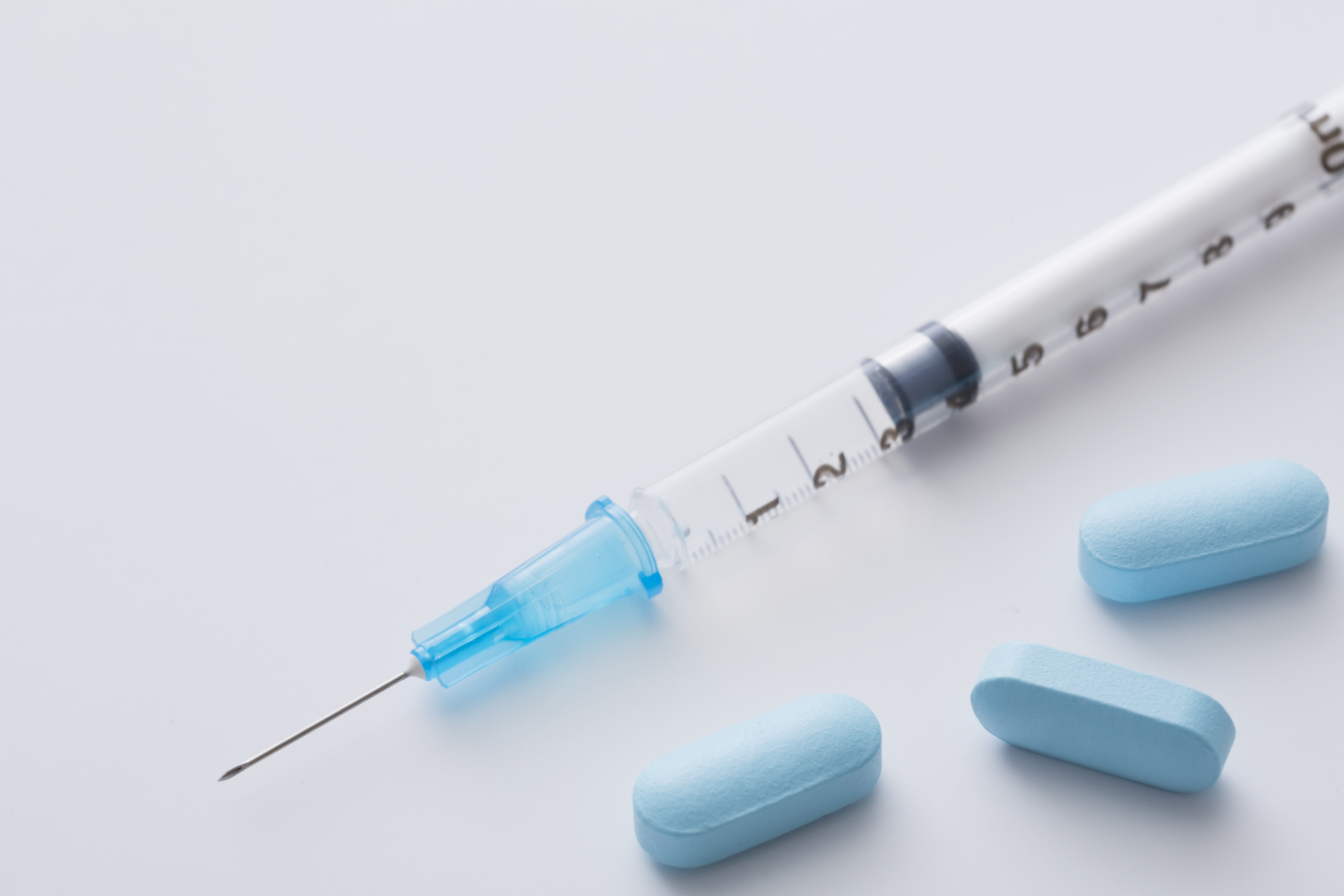Doctors, patients, public all should Take Charge to fight opioid epidemic

The steady drumbeat of grim developments in the opioid epidemic mangling our community, state and nation continues to play out unrelentingly.
Two stories on Page A3 of today’s Vindicator poignantly illustrate that assertion. In one, Vindicator staff writer Jordyn Grzelewski reports that of 88 drug-related deaths confirmed in Mahoning County so far this year, 49 percent were linked to prescription drugs. In the other story, Vindicator staff writer Ed Runyan notes that Trumbull County is headed toward yet another record year for drug-overdose deaths with about 150 confirmed to date, 43 more fatalities than recorded in all of 2016.
With numbers like those, clearly no stones can go unturned toward lessening the anguishingly high toll the opiate plague is extracting on the Mahoning Valley, Ohio and the entire United States.
That’s why a new initiative from Ohio state government leaders should be welcomed and supported by all that it targets.
That initiative, titled Take Charge Ohio, was officially unveiled Tuesday afternoon in a downtown Youngstown ceremony featuring state and local health, mental-health and addiction- recovery leaders.
The campaign’s primary focus on prescription drugs is well placed. In 2016, after all, more than 631 million opiate doses were dispensed to Ohio patients, and 63 percent of the 4,050 state residents who died from unintentional overdoses had a prescirption for a controlled substance within the past year.
Clearly, the link between prescription opioids and addiction – often to harder and more lethal substances such as heroin and fentanyl – has been clearly established and documented.
That’s why drying up the supply of prescribed opioids ranks as the foremost goal of the Take Charge campaign. The initiative rightly targets physicians head-on.
As Dr. Clint Koenig, medical director of the Ohio Department of Health, put it at Tuesday’s campaign launch, a major aim of the awareness drive is to encourage doctors to “press pause” before writing their next prescription for painkillers, which too often degenerate into life killers.
Toward that end, Take Charge offers all physicians a comprehensive tool kit that presents how-to guides for lessening and eliminating opiates from their go-to treatment options. Alternatives such as physical therapy, aerobic exercises and chiropractic care to manage pain are laid out in clear detail.
PATIENT-TARGETED ASSISTANCE
Take Charge, however, does not ignore the recipients of those substances. It offers doctors posters and fliers to display and hand out to their patients. These informational guideposts offer tips on using opiates safely, weaning users off the substances, safely storing them and properly disposing of them. (These and other resources are available at takechargeohio.org.)
But Take Charge doesn’t stop there. It also takes aim at members of the general public who unknowingly may risk sliding into the dark abyss of addiction themselves or who may be needed in a moment’s notice to provide guidance to an addicted family member or loved one.
The public tool kit includes informational fliers on recognizing the warning signs of addiction that include frequent visits to a physician, increasing doses of medication, aggressive behavior to obtain prescription painkillers and symptoms of depression, anxiety or post- traumatic stress disorder.
The campaign even includes a quiz for anyone to take that will assess one’s propensity for becoming an addict.
Taken as a whole, Take Charge Ohio reinforces and complements other action-centered and results-oriented awareness campaigns in our state and region. Prime among them is Your Voice Mahoning Valley, part of a statewide effort among Ohio news organizations including The Vindicator, which is actively reaching out to community members impacted by the epidemic to identify specific problems and then implement a variety of potential solutions.
These and other campaigns are producing some small but tangible signs of progress. For example, for the first time last year, the number of opioid doses prescribed statewide took a slight dive.
But clearly there’s a long, long road to hoe before we can even begin to consider ourselves anywhere close to success.
That’s why all stakeholders – physicians, patients and public alike – should commit today to active engegement with Take Charge Ohio.
 43
43
